Bengaluru grapples with a dengue crisis yet again and it is worth asking why. What about the city makes it ripe for a dengue epidemic? Dengue is a tropical disease caused by the dengue virus, which is transmitted to humans by mosquito bites.
Most dengue transmissions are caused by one mosquito species, Aedes aegypti. This species also transmits Chikungunya, Zika, and Yellow fever.
Aedes breeding behaviour
Dengue mosquitoes are large, slow fliers and have distinctive white markings on their legs, making them easy to spot. As with most mosquito species, only the females bite and drink blood, usually just before they lay eggs.
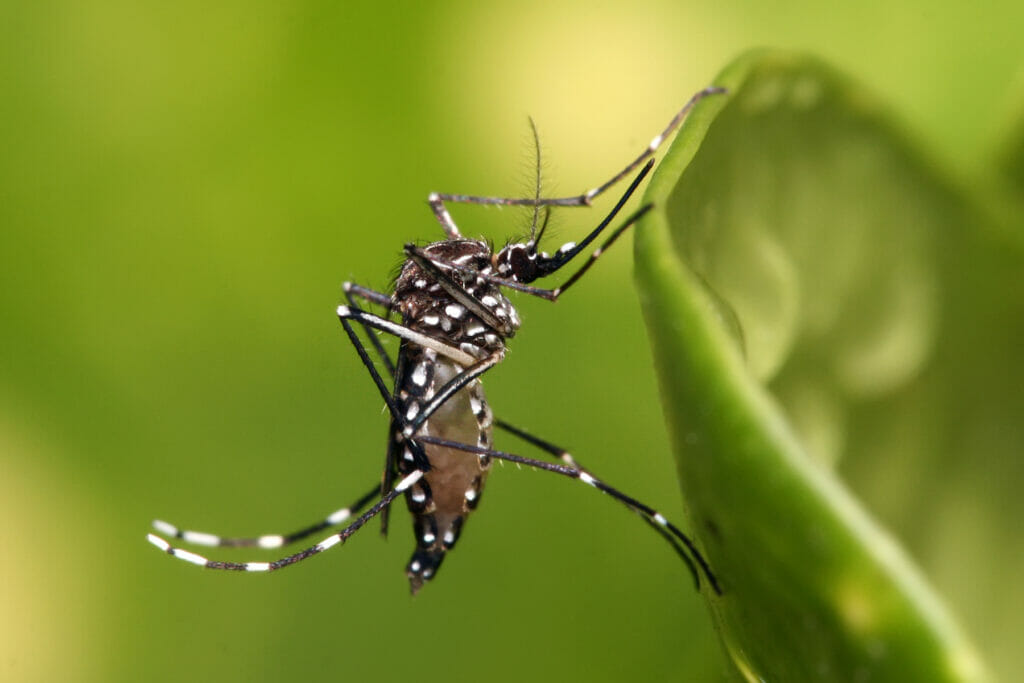
While some mosquitoes lay their eggs directly in stagnant water, Aedes species often lay their eggs on the edges of water, such as the bank of a puddle or the walls of a bucket. The eggs can lay dormant for several months. The eggs hatch when these containers or crevices fill up with water, usually after rains.
Multiple studies have found that dengue mosquitoes thrive in artificial or man-made containers with stagnant water. These include drums, unused grinding stones, flower pots, discarded paper cups and other waste.
I took a walk in my neighbourhood and found a few sites where dengue mosquitoes can thrive.
Read more: Dengue in Bengaluru: The situation so far
Discarded pots
Discarded pots are perfect containers to hold stagnant water over a long period of time.
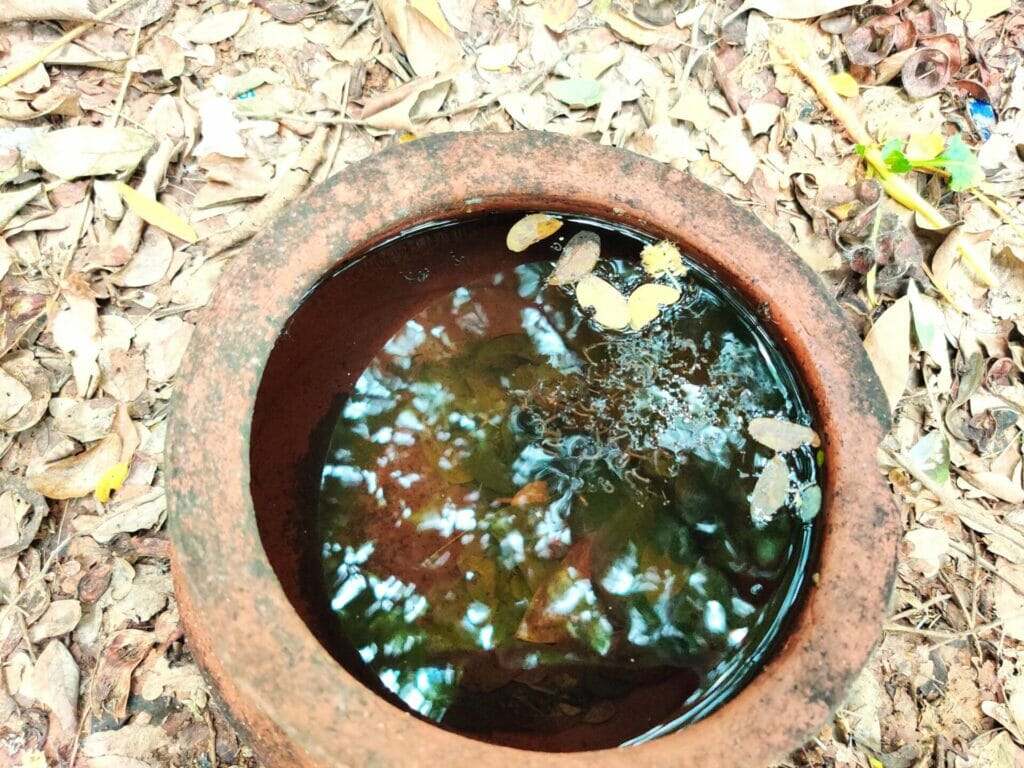

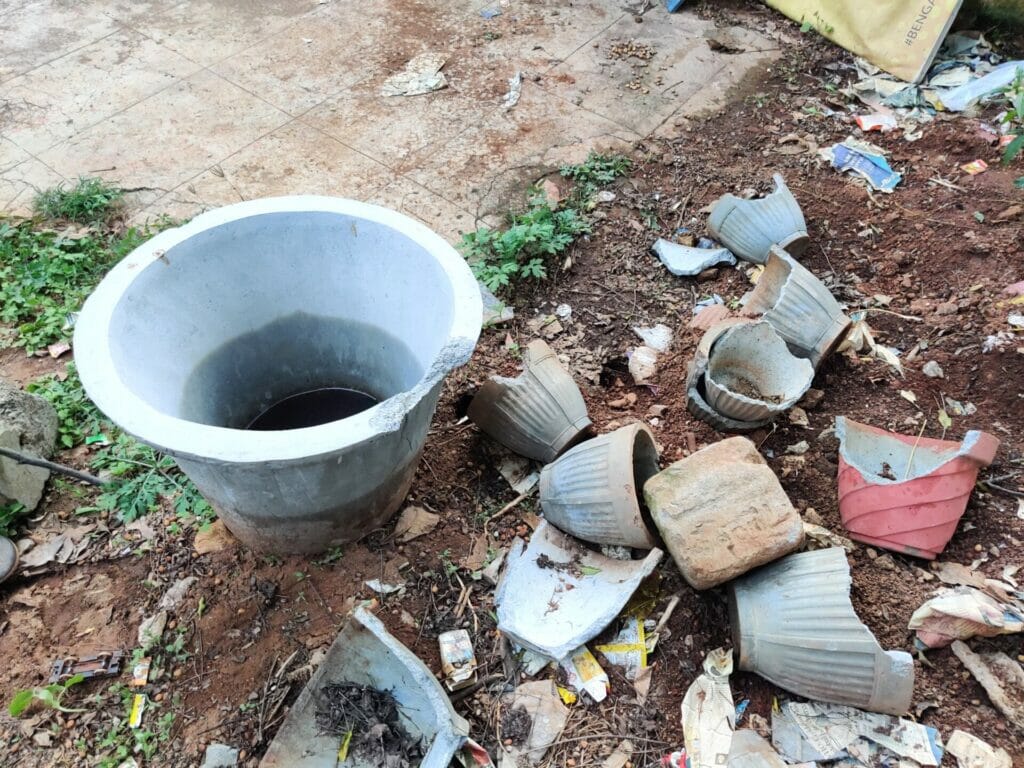
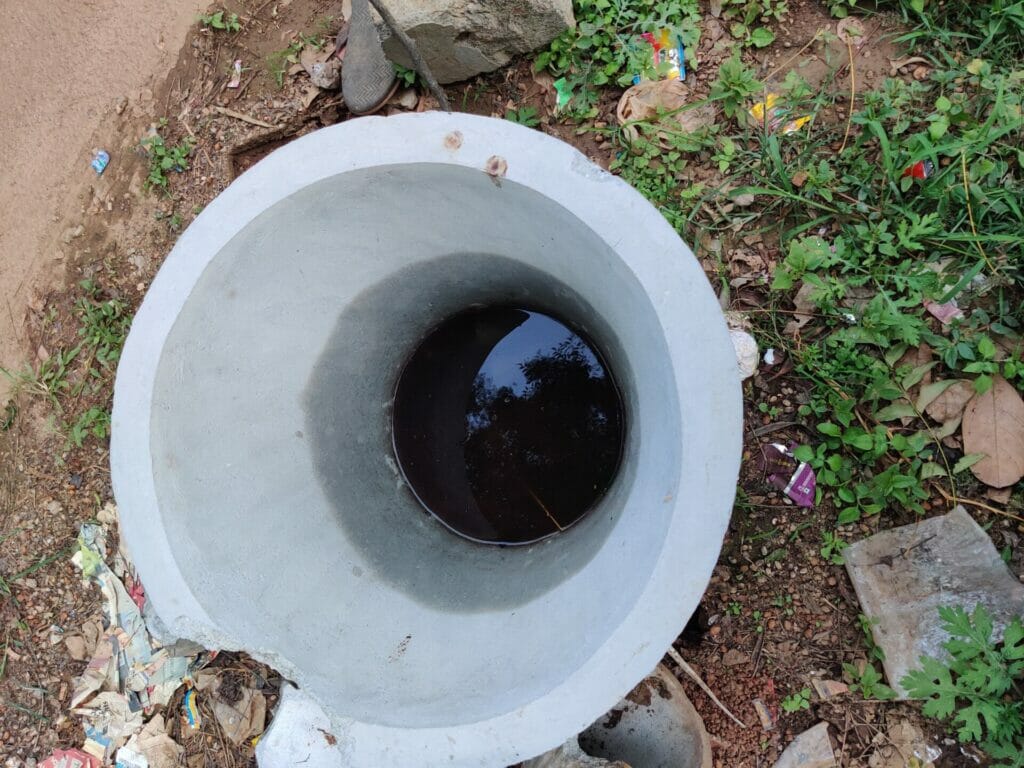
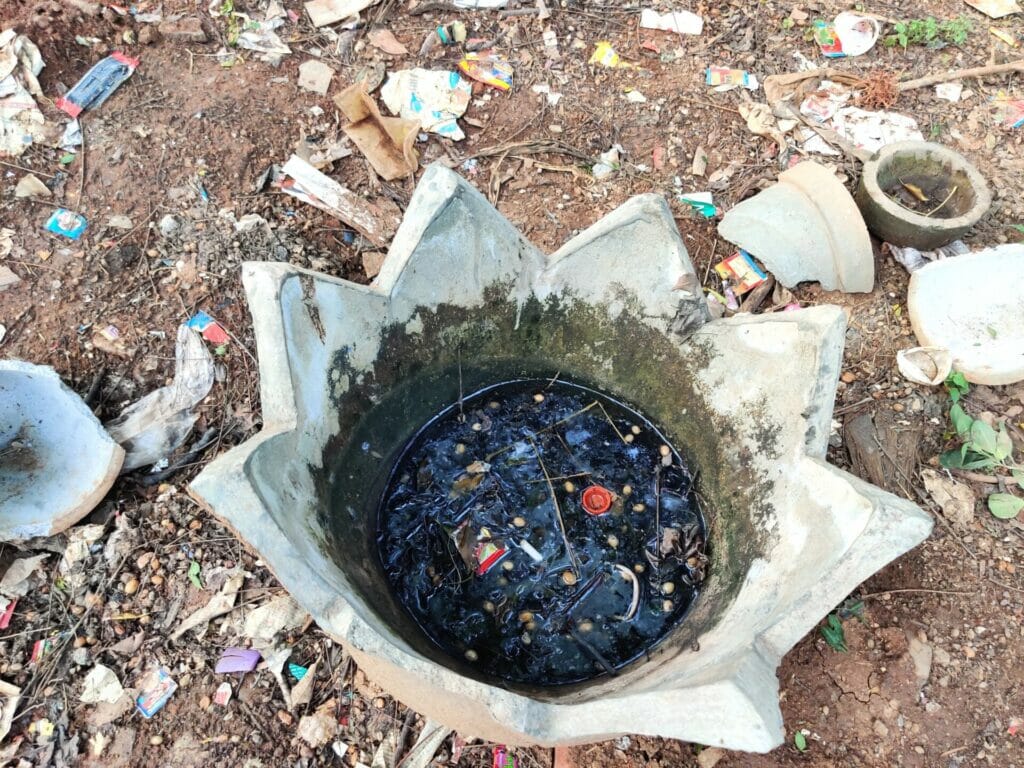
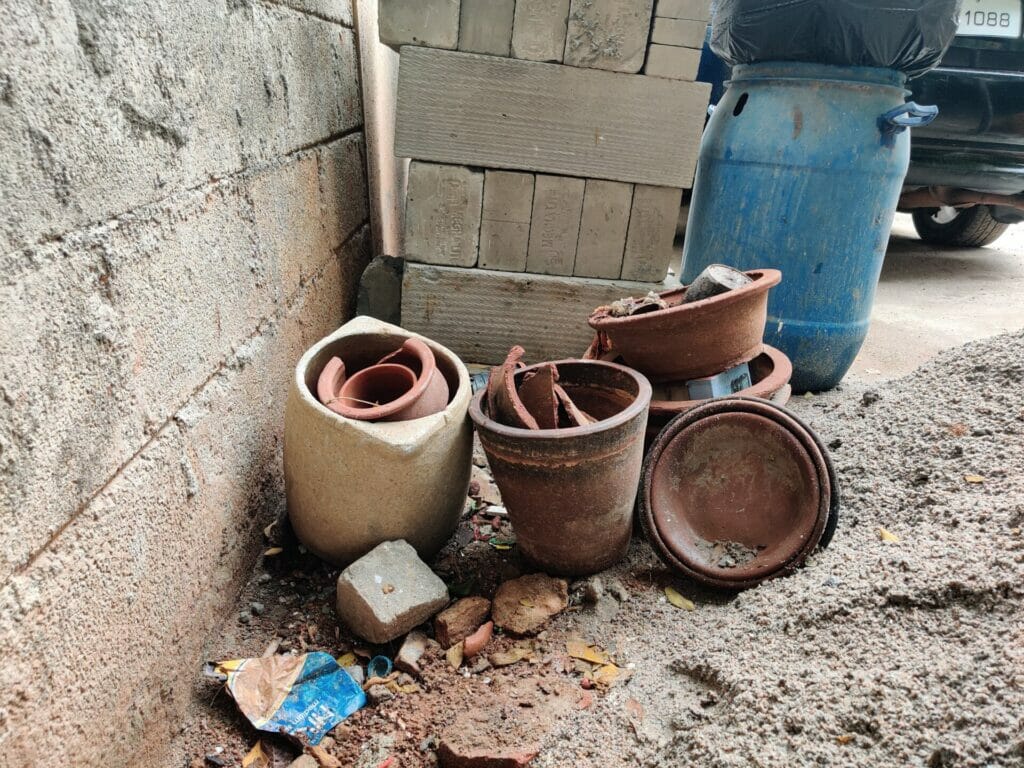
Read more: In Kolkata, filthy fountains spread dengue fear
Water bowls for street dogs
It is common practice in Bengaluru for people to place bowls of water outside shops and houses for street dogs. The dogs may drink from them frequently in summer. However, in monsoon, with cloudy weather and cooler temperatures, the bowls are not used as often. If water is not replaced regularly in these bowls they can become hotspots for dengue mosquito larvae.


Water storage containers, drums
Low-income communities or informal settlements in our city often don’t receive running water. Citizens are therefore forced to store water in drums, pots and buckets. Even small amounts of water leftover in these containers are enough for mosquitoes to breed.
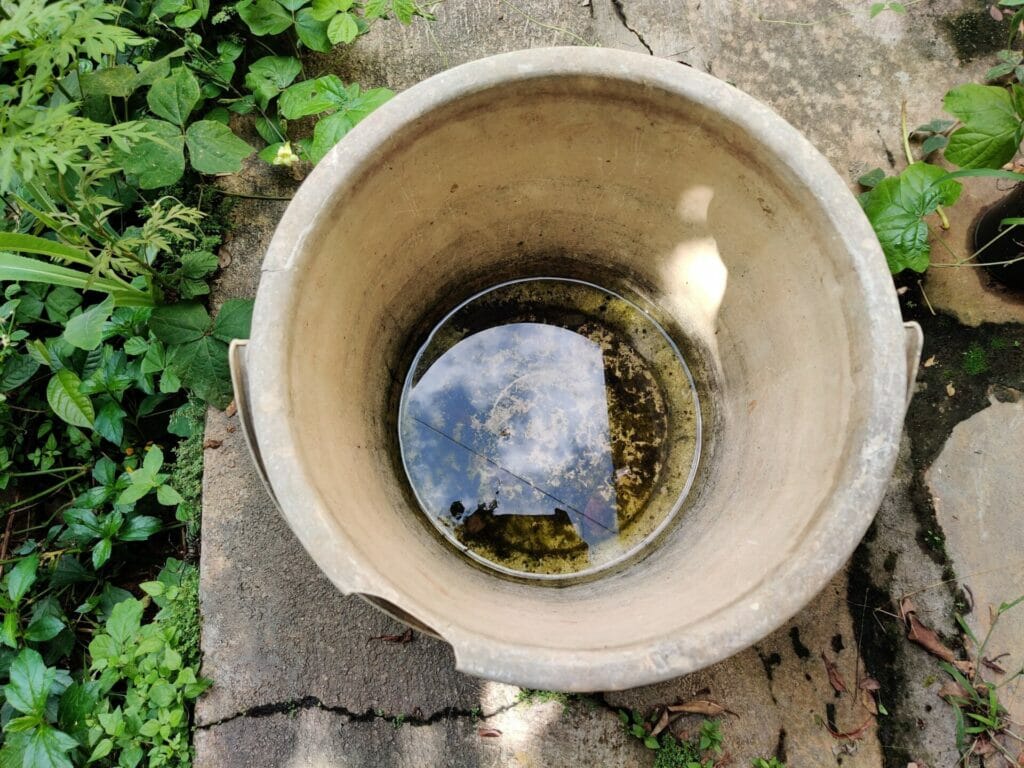
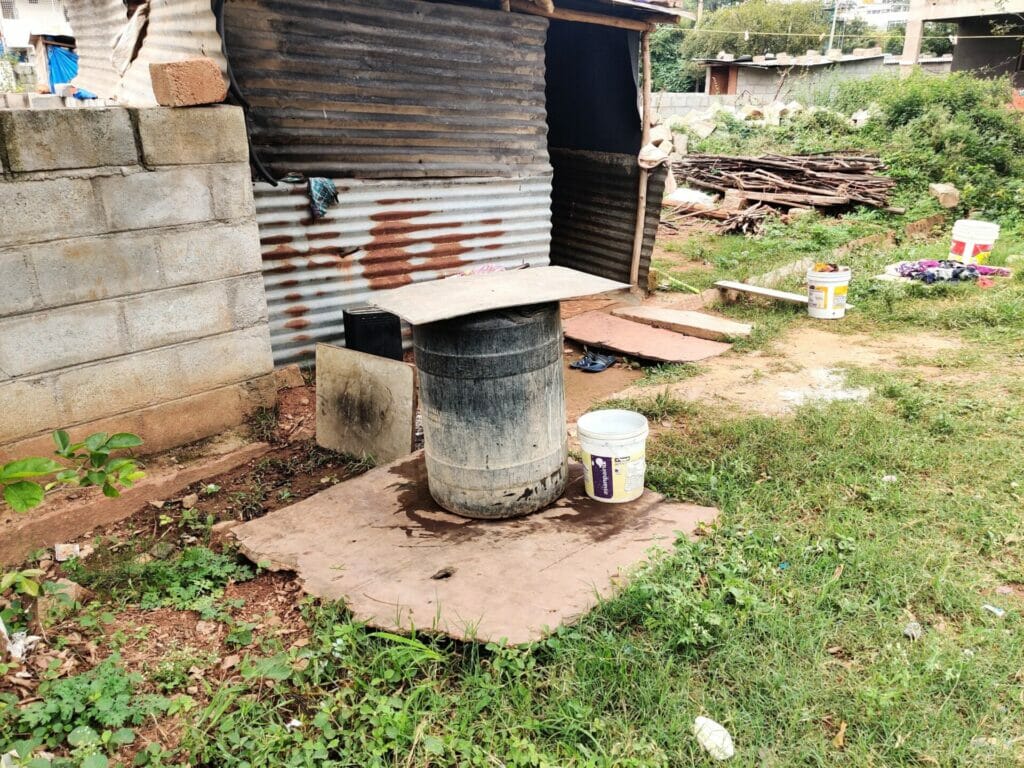
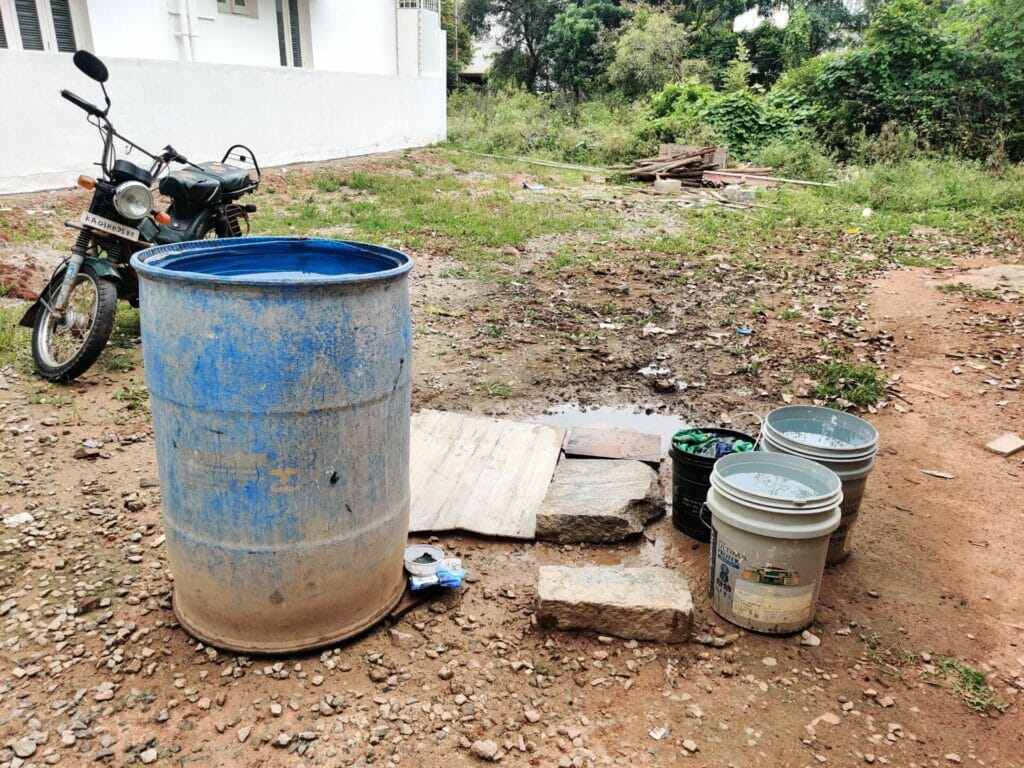
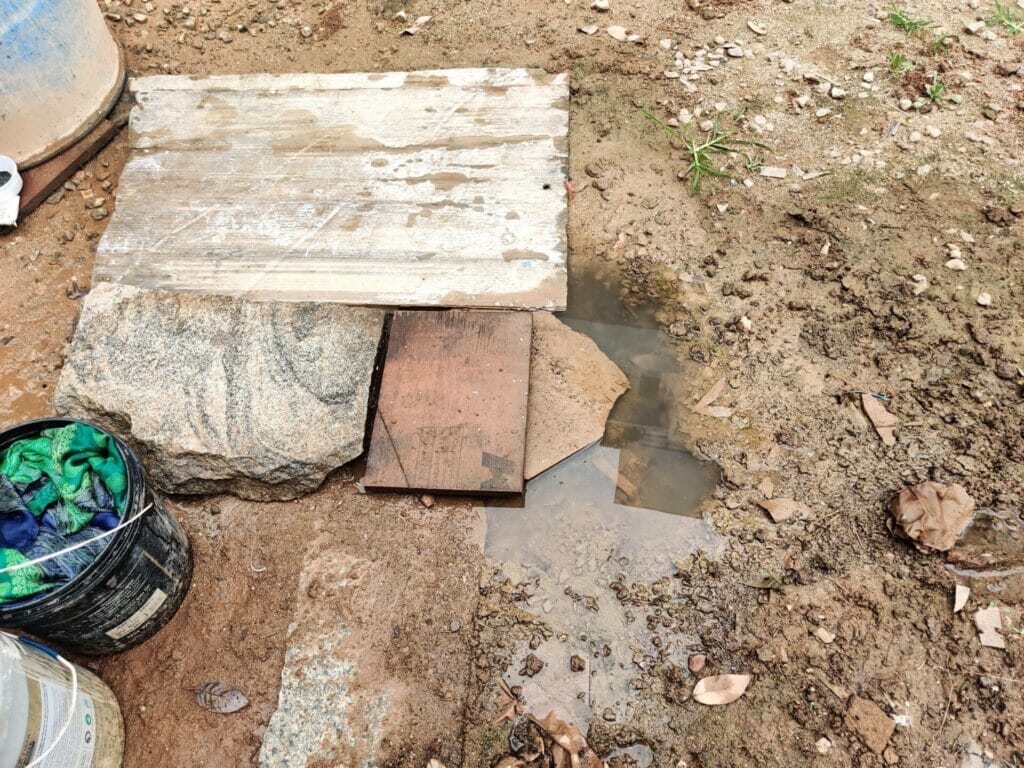
Potholes and poor drainage
Speaking of poor drainage, mosquito larvae can breed in as little as 5ml water; potholes and poor drains provide ample water sources for mosquitoes. According to media reports from Gurgaon, potholes that have not been repaired for a long time and were collecting stagnant water were discovered to have mosquito larvae.
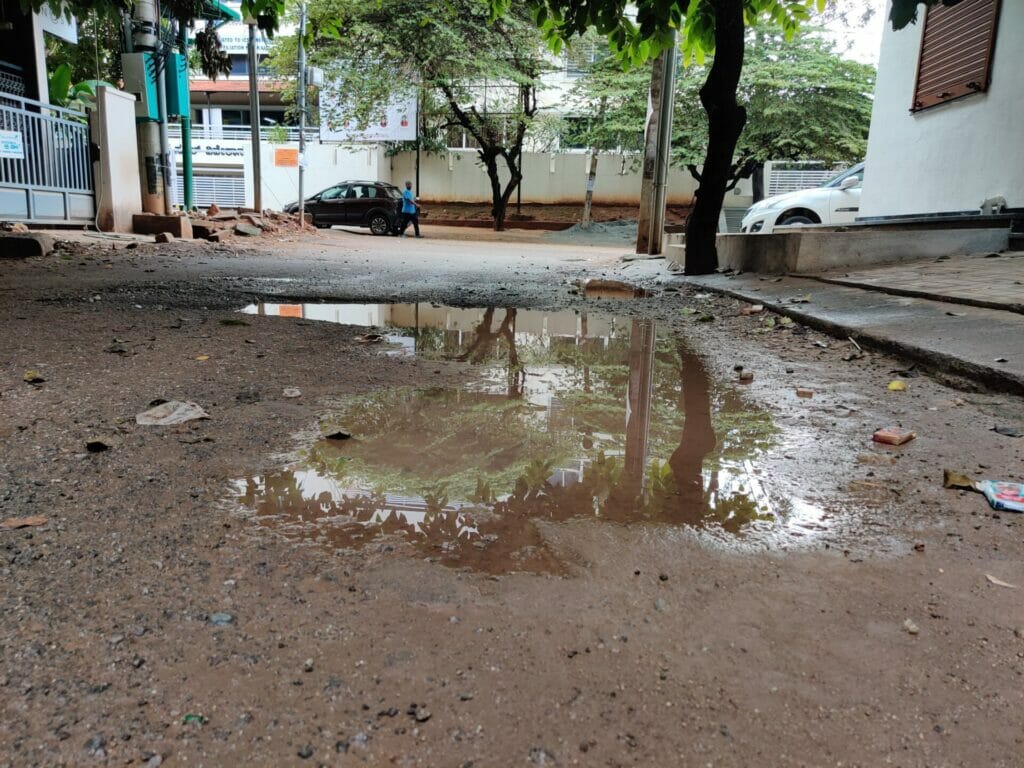
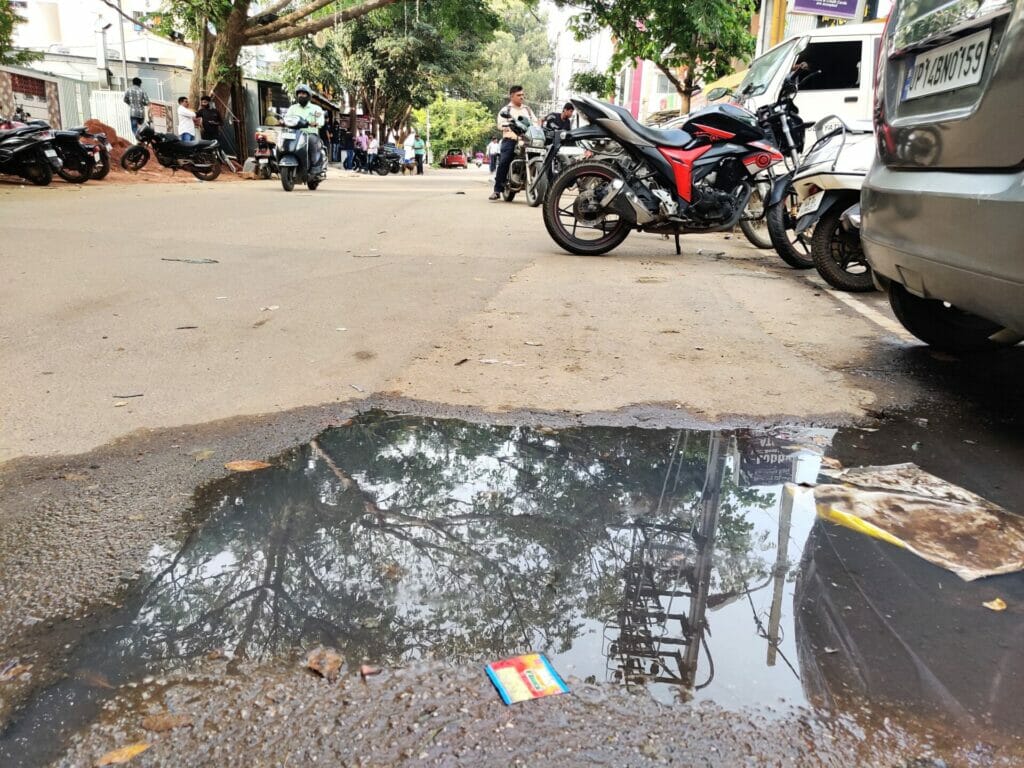
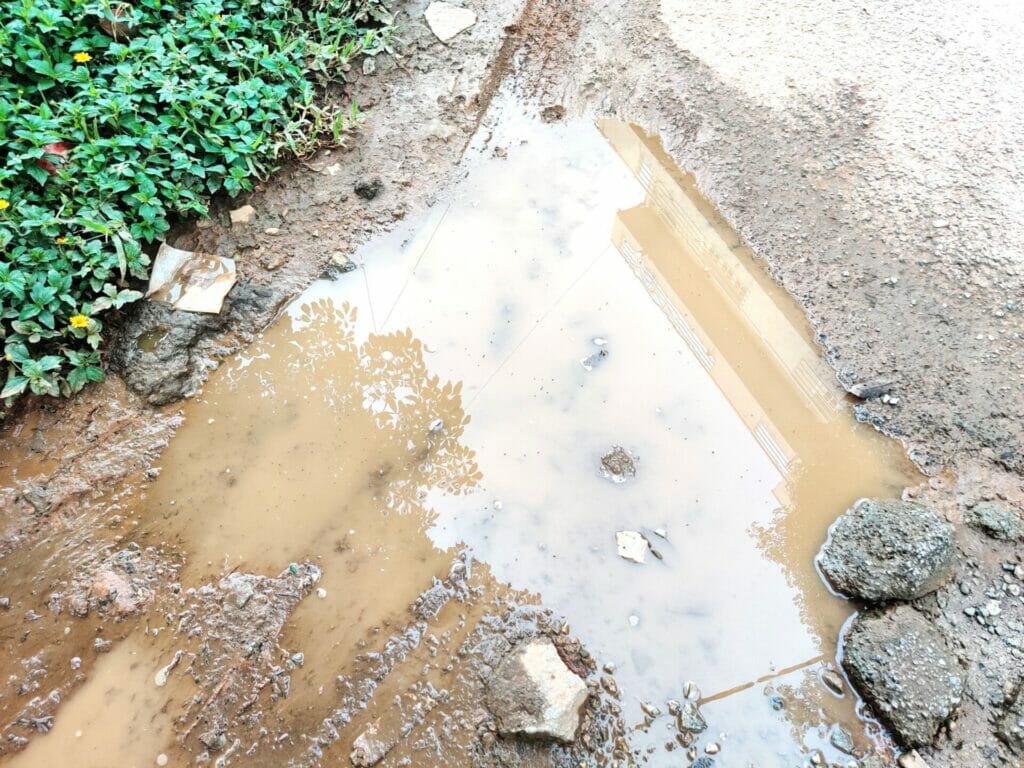 Pic: Bhanu S
Pic: Bhanu S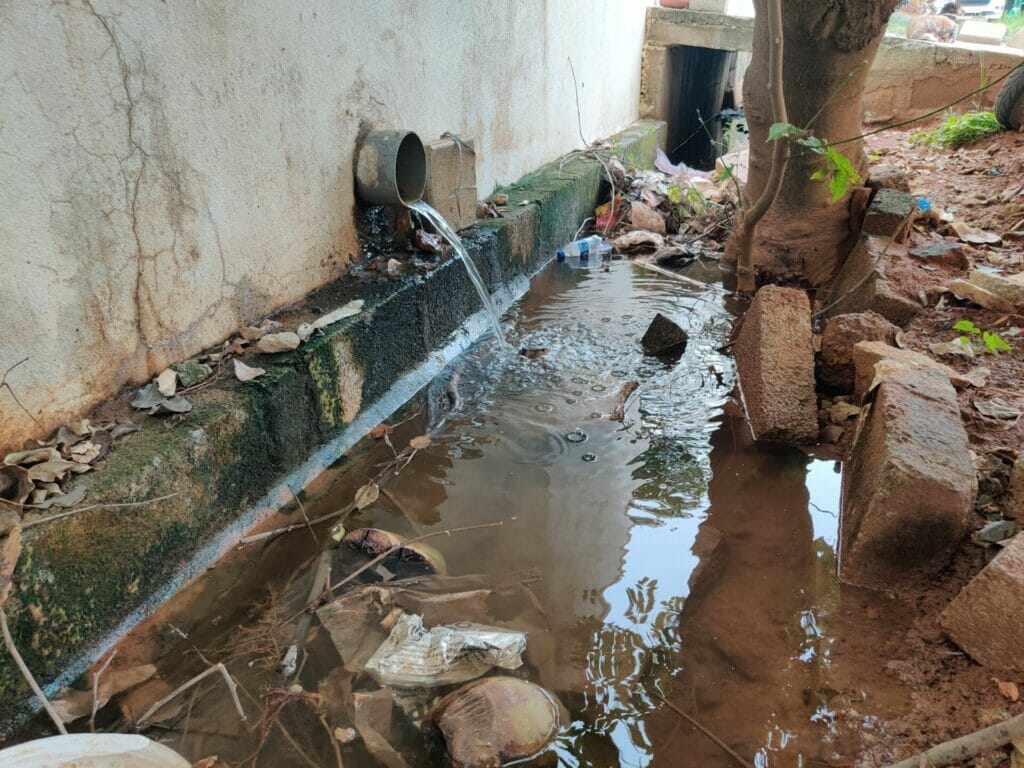
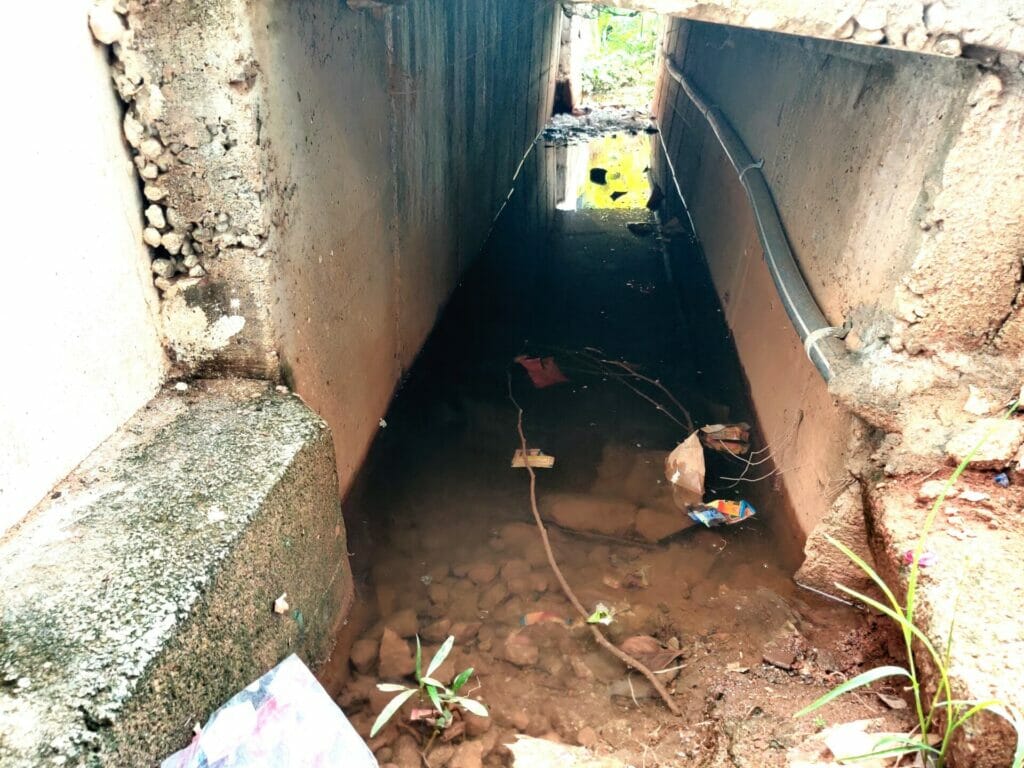
Papers cups, solid waste
Bengaluru’s garbage crisis feeds into the dengue crisis. Reports show that solid waste accumulated in an area collects and holds stagnant water, making it a potential breeding site for mosquito larvae.

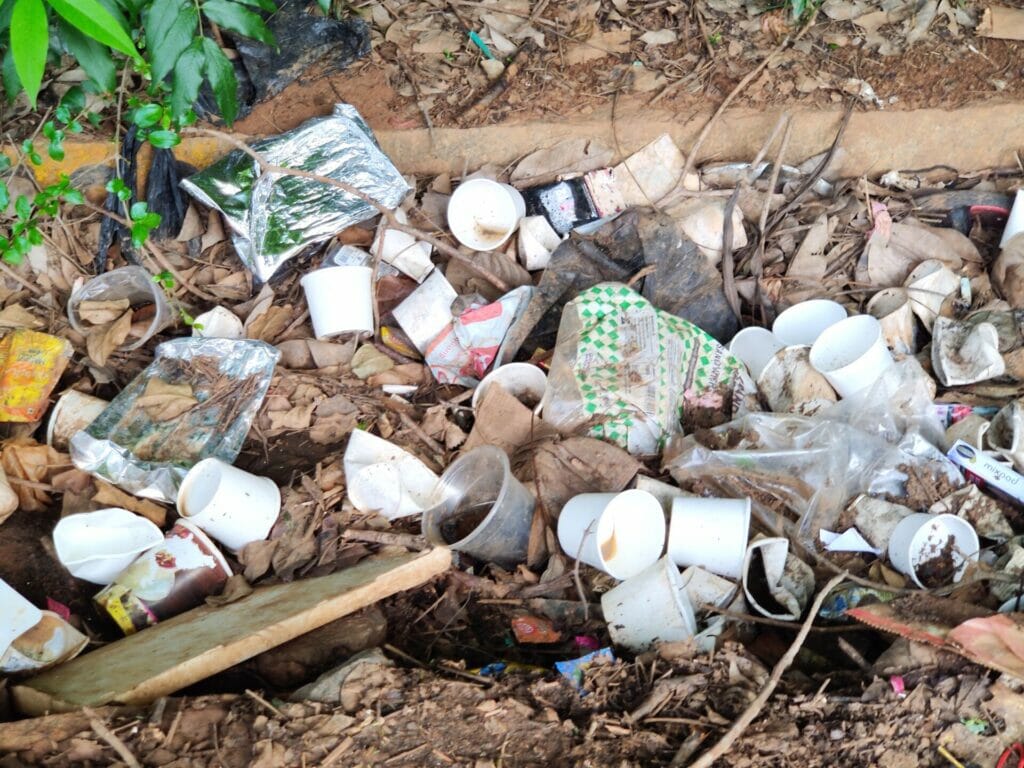
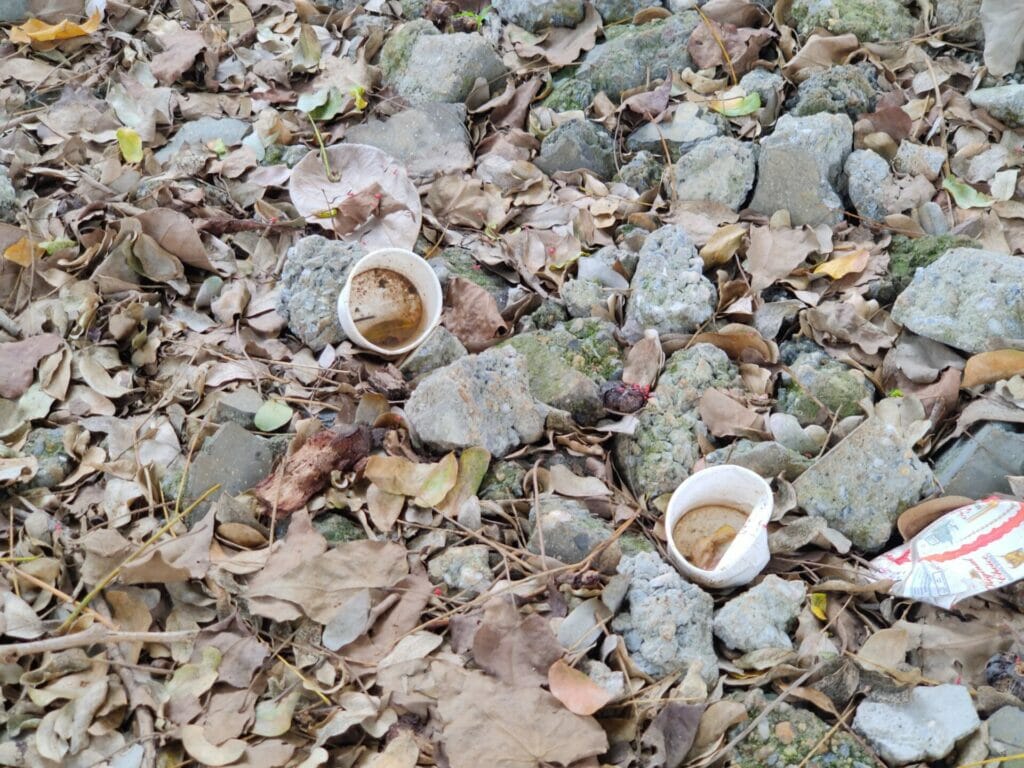
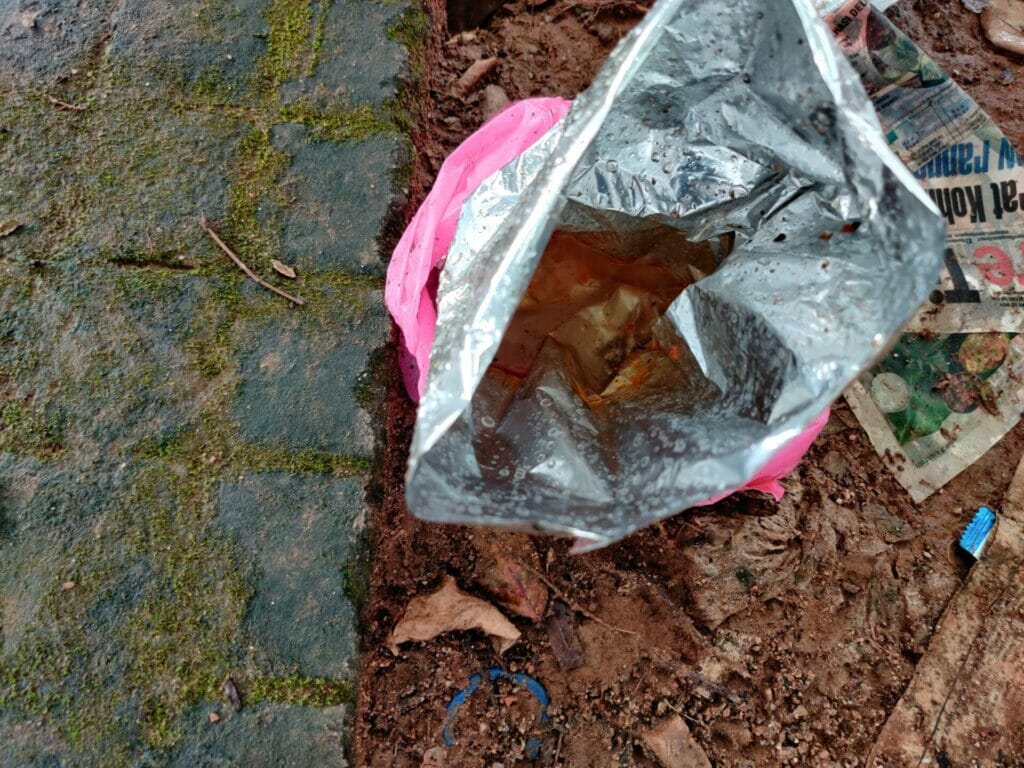
The way forward
It is important to note that while not every photo may contain dengue mosquito larvae or eggs, the photos are a good representation of the urban environment in which dengue mosquitoes thrive.
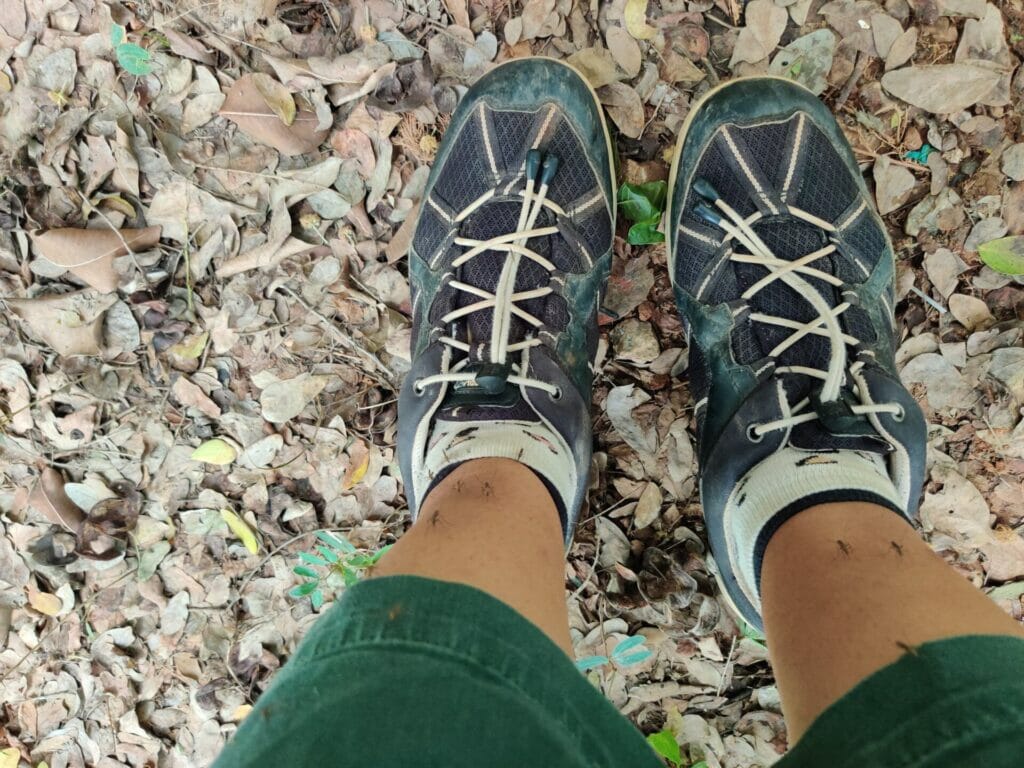
Researchers predict that as the planet sees warmer weather and unpredictable rainfall, vector borne diseases like dengue will become much more prevalent. Some reports even suggest that dengue in India could attain COVID 19-like pandemic levels.
Our built environment, infrastructure and waste management will have to improve significantly to cope with this problem.